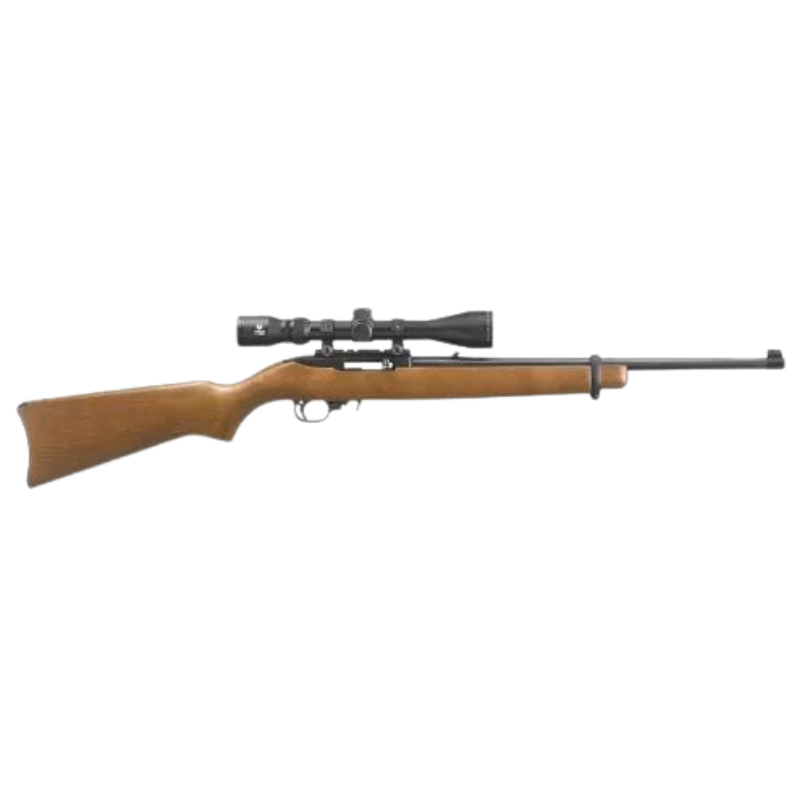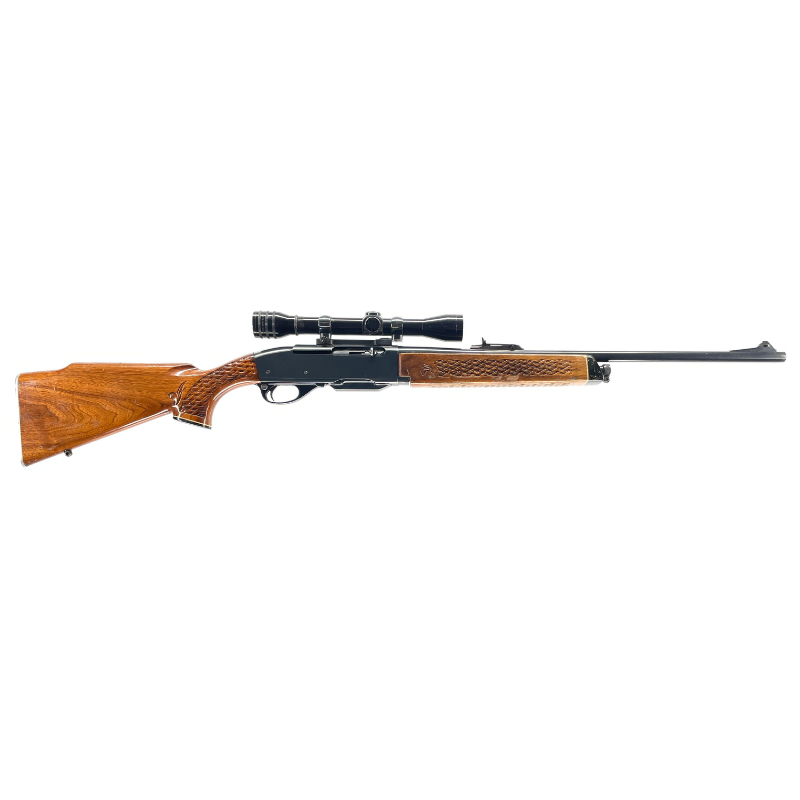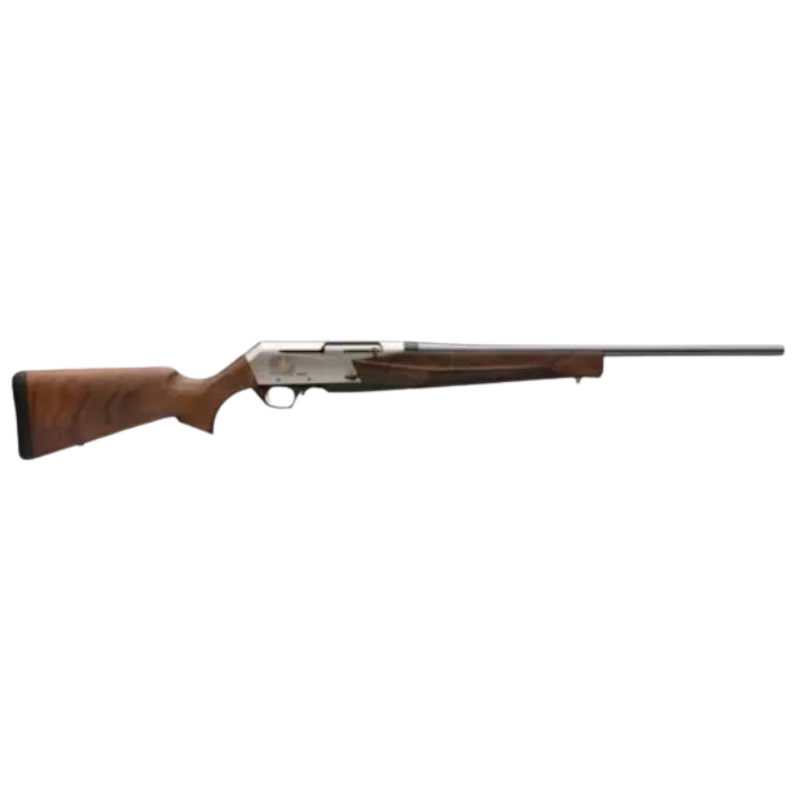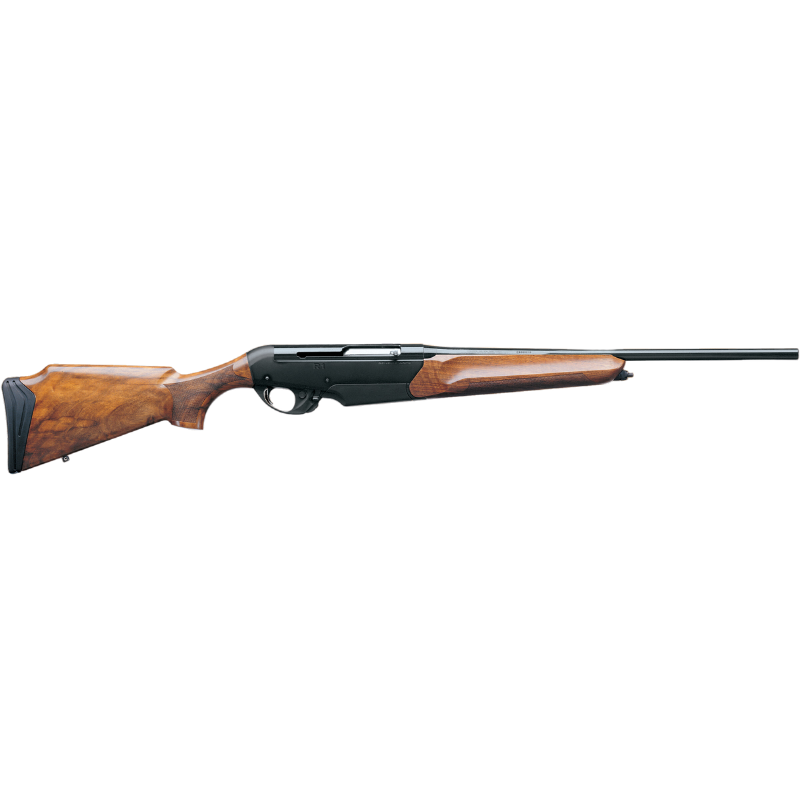
When the Canadian parliament announced a proposal late last year to ban a large category of semi-automatic rifles, critics characterized it as a direct attack on hunters–with good reason.
While bolt-action rifles are the most popular choice for big-game in North America, a smaller but faithful group of hunters have used auto-loaders for decades to take everything from moose to tree squirrels. If you’re looking to join their ranks, these are some of the best options on the used and new markets.
How to Pick a Semi-Auto Hunting Rifle
Accuracy is always among a rifle’s most important features, and semi-automatic rifles are no different. Semi-autos have a reputation for being less accurate than their bolt-action counterparts, and it’s true that, generally speaking, manufacturers have a more difficult time producing consistently accurate auto-loaders.
But semi-autos can be more than accurate enough for most hunting scenarios. You won’t be disappointed purchasing a new auto-loader from any of the manufacturers below. If you’re buying from the used market, see if the gun store will let you do some accuracy testing before the return period ends. If not, shoot at least three five-shot groups with four or five bullets of different weights. You should be able to find something that gives you 1-2-inch groups at 100 yards, which is accurate enough for good shots out to 300 yards or so.
Reliability is the next thing you should look for. Bolt-action rifles can fail in many ways, but semi-autos have more moving parts and are therefore more prone to failure. As with accuracy, it’s tough to know before purchasing whether your rifle will reliably cycle. But sticking with tried-and-true designs from reputable companies is a great place to start. Testing different brands of ammo and magazines (not to mention cleaning the action!) can also fix most reliability issues you might run into.
The other features you should look for mirror what you’d want to see in any other kind of rifle. Be sure the rifle isn’t too heavy to carry but is heavy enough to absorb recoil. A nice trigger is a plus, as is a comfortable and/or adjustable stock. A threaded barrel is necessary for attaching a suppressor or muzzle device, though you’ll want to make sure the action cycles with a suppressor.
Price is a dealer’s choice scenario. You can spend thousands of dollars on a new or collectable rifle, or you can spend $250 on a bargain bin 10/22. It’s totally up to you.
Jump to: Field Notes
Semi-Auto Hunting Rifles We Recommend
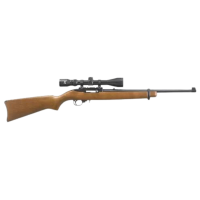 Ruger 10/22
|
 Remington Model 742 Woodsmaster
|
 Sig Sauer 716 Tread
|
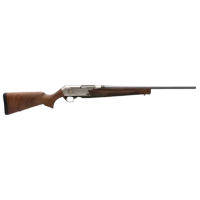 Browning BAR MARK III
|
 Benelli R1
|
|
|---|---|---|---|---|---|
| Highlight | Best For Small Game | Most Classic | Best AR-Platform | Most Powerful | Best Overall |
| Action | Blowback | Gas | Gas | Gas-Piston | Gas |
| Weight | 5.4 lbs | 7.5 lbs | 8.5 lbs | 7.5 lbs | 7.2 lbs |
| Chamberings | .22 LR | .243 Win., 6mm Rem, .280 Rem., .30-06 Sprg., .308 Win. | 7.62 mm NATO / .308 Win | .30-06 Springfield, 7mm Rem. Mag., .300 Win. Mag., .308 Win., .243 Win. (+ 4 others) | .30-06 Springfield, .300 Win. Mag., .308 Win. .338 Win. Mag. |
| Capacity | 10+1 | 4+1 | 20+1 | 4+1 | 4+1 |
| Price | $380* | ~$500* | $1,500* | $1,300* | $1,500* |
| Field Notes | Field Notes | Field Notes | Field Notes | Field Notes |
Field Notes from the MeatEater Crew
Best For Small Game
The Ruger 10/22 has probably taken more small game than any other semi-auto rifle since its inception in 1964. That’s because the 10/22 is reliable (for a semi-auto rimfire), accurate, lightweight, and a pleasure to shoot. Many hunters cut their teeth on a 10/22 before graduating to larger calibers and bigger game, so it has nostalgia working in its favor as well.
There are other solid semi-auto rimfire rifles on the market, but the 10/22 has the advantage of a wide range of aftermarket options. Much like AR-platform rifles, the 10/22 can be upgraded easily and at home, no special tools required. Aftermarket barrels and triggers can make the rifle more accurate, and aftermarket stocks can make the rifle lighter and more comfortable to shoot. It’s a legendary rifle platform that should make anyone’s list of top semi-auto hunting rifles.
Specifications
- Action: Blowback
- Weight: 5.4 lbs
- Chamberings: .22 LR
- Capacity: 10+1
- Price: $380
Most Classic
If you've come here to point out that the Remington Model 742 Woodsmaster earned nicknames like "jamomatic," "jammy remmy," and "jam-master," let me save you some time. Everyone already knows that (or, at least, now they do). But Remington still sold over one million of these rifles during its run between 1960 and 1980. The Woodsmaster became the quintessential semi-auto deer rifle, and despite its reliability issues, managed to take thousands, if not millions, of deer during its heyday.
If you find one of these on the used gun rack, be sure to keep the action and gas system clean. Most reliability issues can be traced to fouling, so it's important to perform regular maintenance on your classic auto-loader. Don't expect the Woodsmaster to be a tack driver, especially when purchasing a mystery gun on the used market. But with proper maintenance and plenty of range time, this classic firearm can still take home game between 100 and 200 yards. If nothing else, you’ll have the pleasure of using an icon of the American big woods. It's a fine looking firearm, and it'll treat you well if you do the same to it.
Specifications
- Action: Gas
- Weight: 7.5 lbs
- Chamberings: .243 Win., 6mm Rem, .280 Rem., .30-06 Sprg., .308 Win.
- Capacity: 4+1
- Price: ~$500
Best AR-Platform
The success of AR-platform rifles is one of the reasons you don’t see as many Woodsmasters in the woods these days. AR’s are lightweight, endlessly customizable, easy to shoot, and insanely reliable. They’re also more accurate than most old-school auto-loading hunting rifles. (If I’m being honest, every rifle on this list could have been an AR.)
Sig Sauer’s 716 Tread rifle is one of the best. It features Sig’s lightweight direct impingement system for reliable cycling, an accurate carbon-steel barrel with a 1:10 twist, and an M1913 Mil-Std rail for attaching accessories like a bipod. It’s a no-frills affair chambered in 7.62 NATO/.308 Win. that can go after everything from antelope to elk.
The Tread is reasonably priced for an AR-10-type rifle, but there are many other options at slightly lower price points. Ruger and Smith & Wesson both have their own versions of the AR-10, and Palmetto State Armory offers some of the best-value rifles on the market. Daniel Defense, Springfield Armory, and Savage Arms also make great rifles. The important thing to know when purchasing an AR-10-type rifle is that parts aren’t interchangeable in the same way as the AR-15 platform. While similar, each company’s products are slightly different, so don’t expect your Ruger upper receiver to fit on your Sig lower. It might, but there’s no guarantee.
Specifications
- Action: Gas
- Weight: 8.5 lbs
- Chamberings: 7.62 mm NATO / .308 Win
- Capacity: 20+1
- Price: $1,500
Most Powerful
Ever since Browning introduced the sporting version of its legendary military rifle in 1967, Browning’s BAR has set the standard for auto-loading hunting rifles. The company now offers a variety of models that incorporate different barrel lengths and stocks, but its reliable, gas-operated action has remained the same. That action has allowed Browning to do what few rifle companies did in the mid-to-late-20th century: chamber a semi-auto rifle in magnum cartridges. The Mark III can be purchased new in .270 WSM, 7mm Rem. Mag., and .300 Win. Mag. along with several other popular hunting cartridges.
You shouldn’t expect the BAR to shoot sub-MOA consistently, but you can count on its reliability. Plus, the rifle’s weight and gas-operated action reduce recoil, which makes it a great choice for folks who don’t like coming home from the range with a sore shoulder (which, let’s be honest, is pretty much everyone). The trigger is a throwback to the days before seemingly every factory rifle was fitted with a match grade trigger, but it’s still perfectly usable.
Specifications
- Action: Gas-Piston
- Weight: 7.5 lbs
- Chamberings: .30-06 Springfield, 7mm Rem. Mag., .300 Win. Mag., .308 Win., .243 Win. (+ 4 others)
- Capacity: 4+1
- Price: $1,300
Best Overall
When Benelli set out to bring an auto-loading rifle to market, they didn’t reinvent the wheel (in their case, an extremely popular wheel). Their R1 rifle features the same Auto-Regulating Gas Operated (ARGO) system found in the M4 tactical shotgun, which has been used by military special operators the world over. Like the BAR, you can expect excellent reliability out of its recoil-reducing gas operated system. The thick recoil pad also helps control the kick of magnum cartridges, and the stock comes with three different inserts to adjust comb height.
Benelli is known for its excellent shotguns, and the R1 benefits from that pedigree. It takes its curves from the Super Black Eagle line of scatterguns, and it comes with shims that allow the user to adjust the stock’s drop and cast to achieve a customized fit. While it’s never a good idea to take snapshots with a rifle, the R1 handles like a shotgun–it shoulders easily and points naturally, which is always a plus in thick whitetail woods.
Specifications
- Action: Gas
- Weight: 7.2 lbs
- Chamberings: .30-06 Springfield, .300 Win. Mag., .308 Win. .338 Win. Mag.
- Capacity: 4+1
- Price: $1,500

